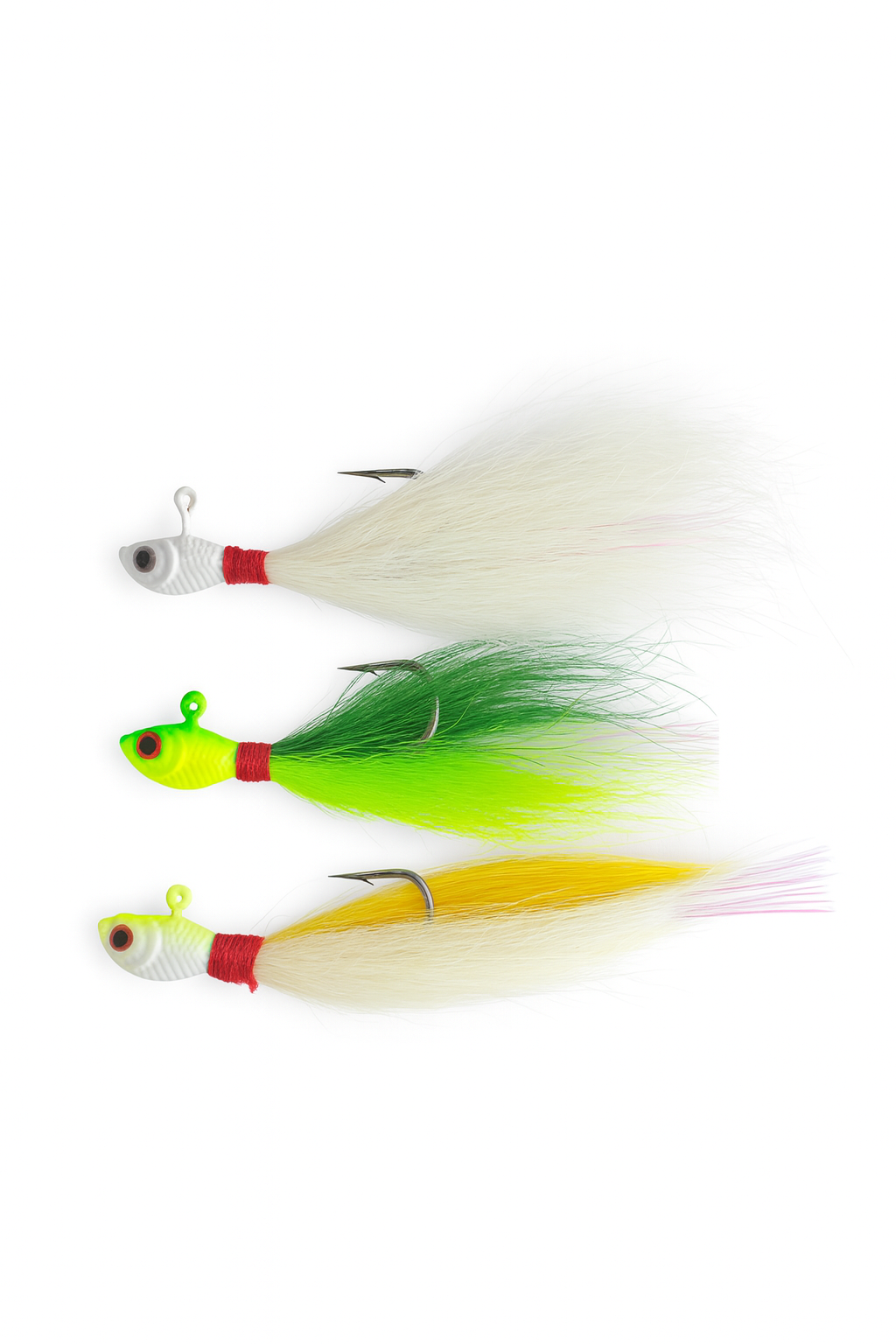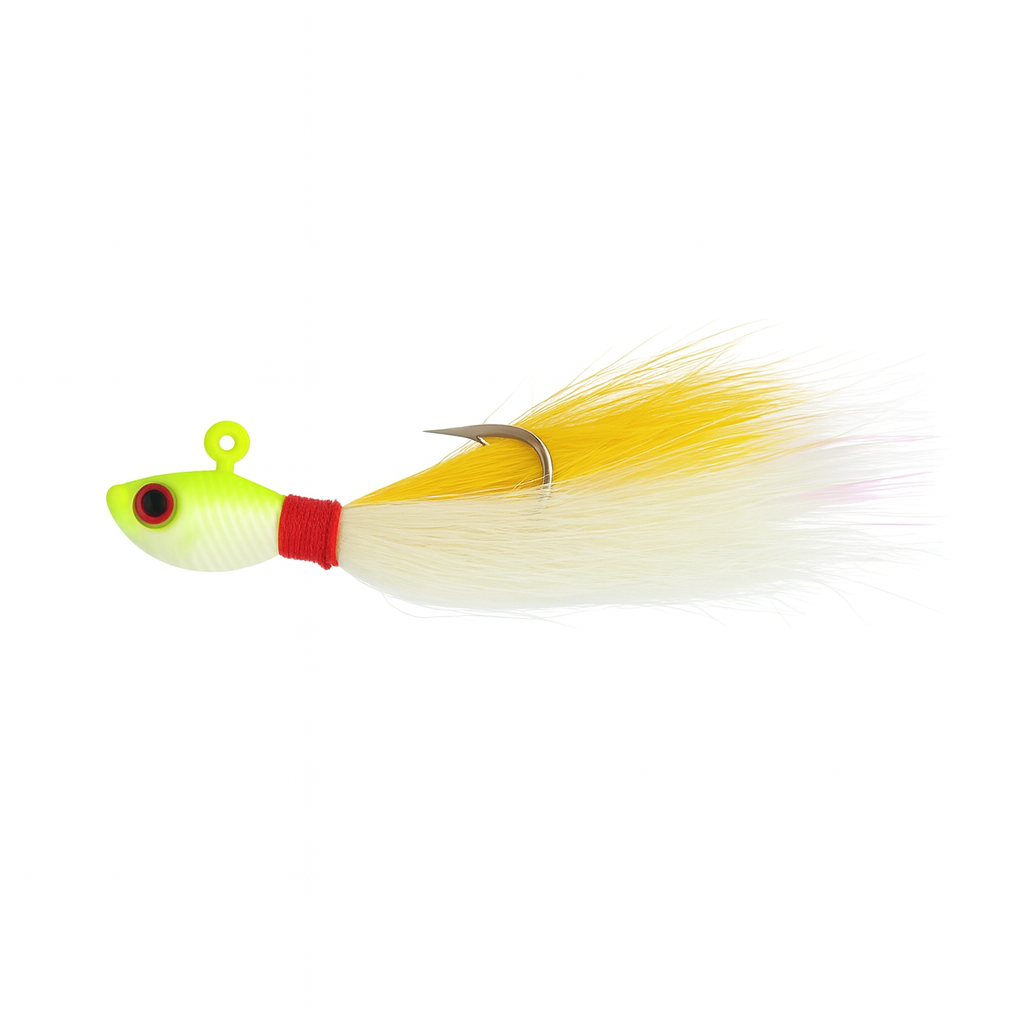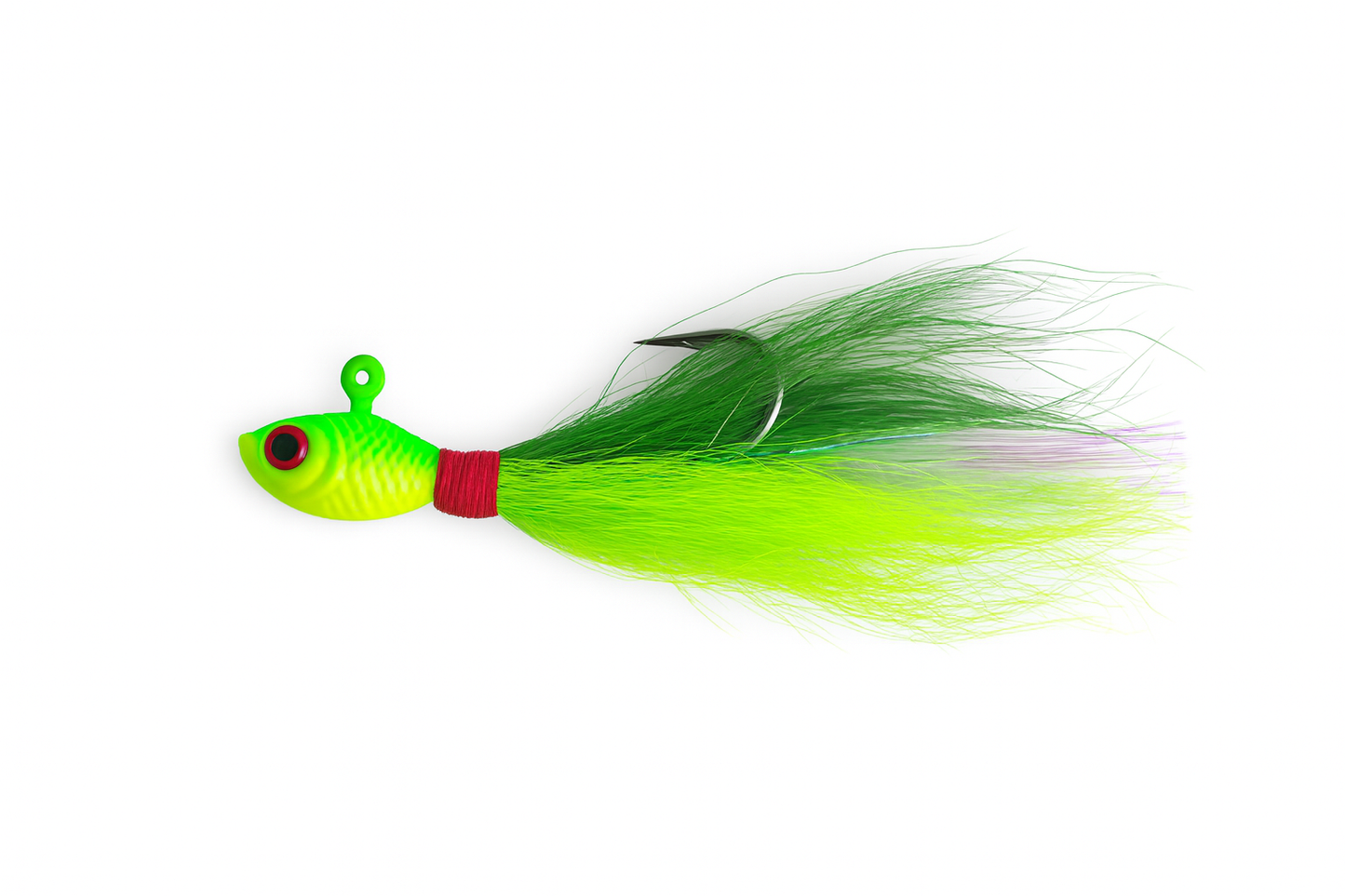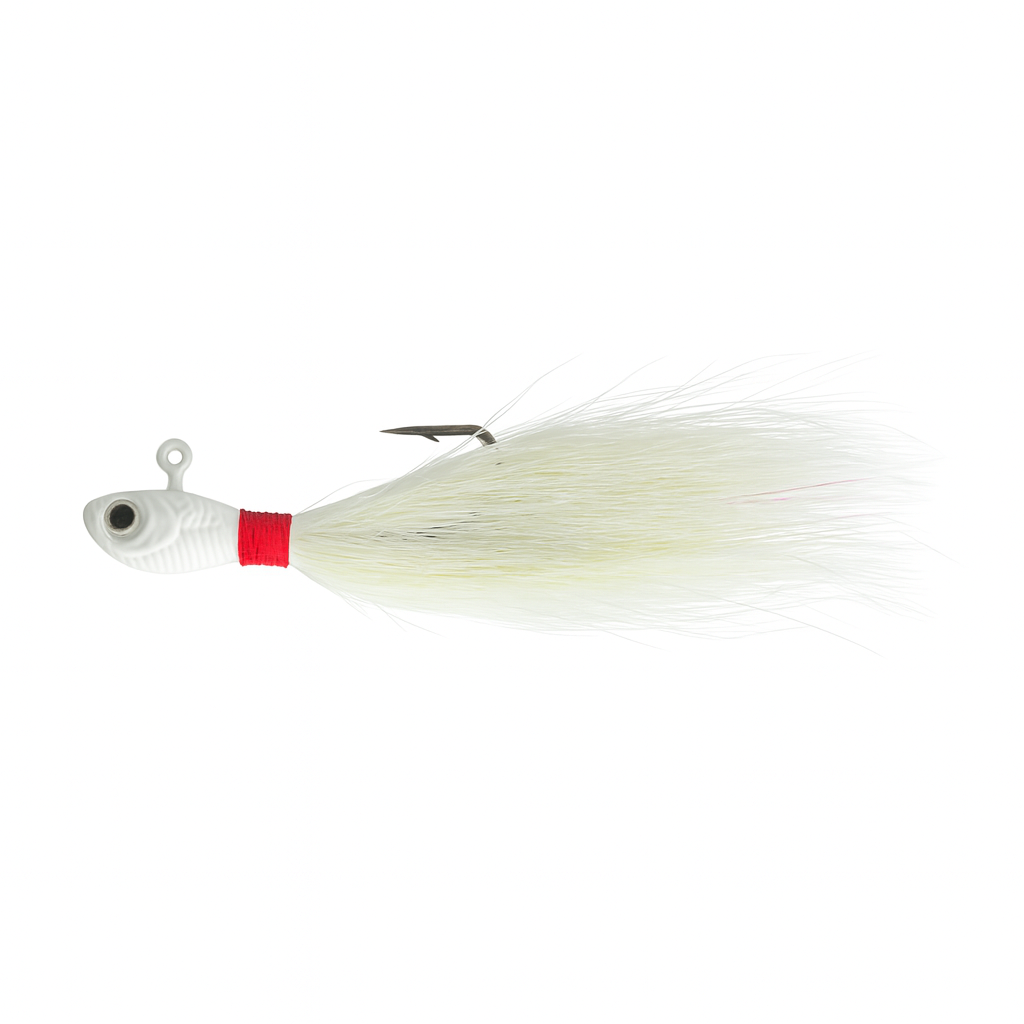A Beginner’s Guide to Slow Pitch Jigging in SWFL
Share
How to Slow Pitch Jig Offshore in Southwest Florida
Slow pitch jigging has exploded in popularity across Southwest Florida, and for good reason—it’s one of the most effective ways to target snapper, grouper, amberjack, kingfish, and countless reef species in depths from 60–250 feet. Unlike traditional vertical jigging that relies on constant heavy pumping, slow pitch uses a lighter rod and rhythmic movements to make the jig flutter like an injured baitfish. The result: more bites, less fatigue, and a technique you can fish all day.
If you’re ready to put more fish in the boat offshore of Fort Myers, Cape Coral, Pine Island, or Naples, here’s a full breakdown on how to slow pitch jig the right way using Outshore Gear’s slow pitch jigs.
What Makes Slow Pitch Jigging Different?
Slow pitch jigging is all about presentation. Instead of ripping the jig quickly through the water column, you’re creating long, controlled lifts that let the jig flutter, fall, and kick like a wounded baitfish. That erratic fall is what triggers predators to strike.
Here’s what sets slow pitch apart:
Light tackle, big fish. Slow pitch rods bend nearly to the handle, absorbing shock and keeping hooks planted even on strong, head-shaking fish.
All action happens on the fall. Fish hit the jig when it drops—not when it rises.
Works in heavy current. With the right jig weight, you can stay vertical even on faster tide days offshore.
The Gear You Need to Get Started
You don’t need a boatload of specialty gear, but a few key pieces make slow pitch far more effective offshore.
Slow Pitch Rod
Look for a rod with a parabolic bend. These rods are soft in the midsection and firm near the handle, allowing the jig to “dance” properly. Choose a power rating that matches your jig weights—typically 60g to 150g for most SWFL depths.
Reel
A compact, high-quality conventional reel with a smooth drag works best. Look for something with 5:1 to 6:1 gearing and excellent line pickup.
Braid and Leader
Main line: 20–30 lb braid Leader: 20–40 lb fluorocarbon, depending on species and structure Connection: FG knot or PR knot for best strength
Jigs
For SWFL waters, sizes from 60g to 120g are ideal. Outshore Gear slow pitch jigs are built specifically for these depth ranges and Gulf currents.
Best starting weights:
- 60g for 60–110 ft
- 80g for 90–160 ft
- 120g for high current days or 150–250 ft
How to Work a Slow Pitch Jig
The technique looks simple, but small adjustments make a huge difference. Here’s the basic motion:
1. Drop the Jig Straight Down
Staying vertical is everything. If the line scopes out at an angle, your jig won’t flutter correctly. If needed, bump the boat in and out of gear to stay on top of it.
2. Lift the Rod Smoothly
Lift the rod tip from waist height to eye level. Let the rod load and then “kick” the jig upward.
3. Reel a Half to Full Turn
You’re not burning line—you’re advancing the jig only slightly.
4. Let the Jig Fall
This is when 90% of strikes occur. Stay tight enough to feel bites but loose enough to let the jig flutter naturally.
Repeat this rhythm over and over: lift, reel, fall… lift, reel, fall.
Where to Slow Pitch Jig Offshore in SWFL
Southwest Florida offers endless bottom structure that holds fish, including:
- Artificial reefs off Sanibel and Captiva
- Public wrecks from 60–250 ft
- Swiss cheese bottom and ledges
- Private numbers with small rock piles
If you’re fishing deeper than 160 feet, step up to an 80g or 120g jig to stay vertical.
Best Colors for SWFL Waters
Water clarity changes daily offshore, so color selection matters.
Electric Mahi: Perfect on sunny days with clean water Reef Lime: Stands out in greenish Gulf water Violet Shiner: Great in low light or deeper water
Always start with a color that contrasts the water. If fish aren’t biting, rotate colors every 10–15 minutes.
Species You Can Target
Slow pitch jigging catches a wide variety of species off SWFL, including:
- Red snapper
- Mangrove snapper
- Gag grouper
- Scamp grouper
- Kingfish
- Amberjack
- Triggerfish
The technique is incredibly versatile and shines when bait is scarce or fish are suspended off the reef.
Tips for Hooking and Fighting Fish
Slow pitch jigs rely on assist hooks, not treble hooks. That means hookups feel different.
When you feel a bite: Don’t swing hard. Instead, keep tension, start reeling, and let the rod load. The assist hooks will lock in as the rod bends.
During the fight: Slow pitch rods bend deep, protecting your line and keeping pressure constant. Let the rod do the work and avoid pumping aggressively.
Why Outshore Gear Slow Pitch Jigs Work So Well
Outshore Gear jigs are built for Gulf waters. They feature:
- Balanced center-weighted bodies for long flutter time
- Highly reflective finishes for visibility in deeper water
- Durable coatings built to withstand toothy fish
- Sizes perfect for 60–160 ft depths
Whether you’re fishing reefs off Sanibel or ledges in 150 ft, our jigs give you the action needed to draw strikes from even pressured fish.
Shop Outshore Gear Slow Pitch Jigs and gear up for your next offshore trip.







